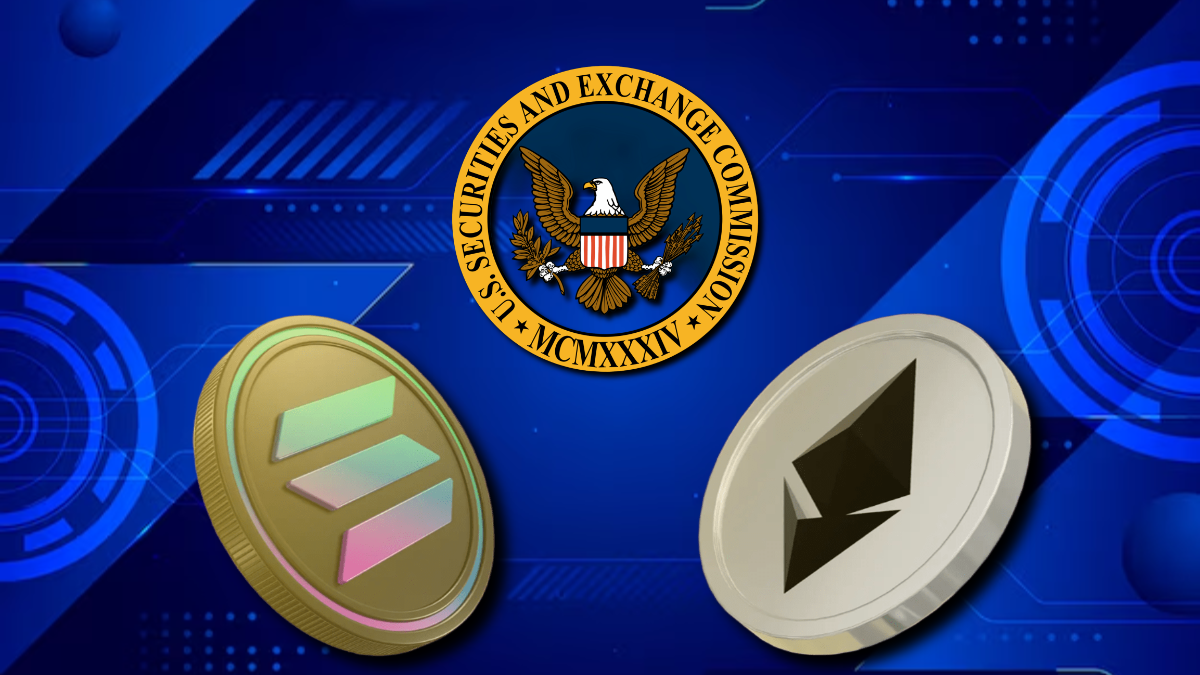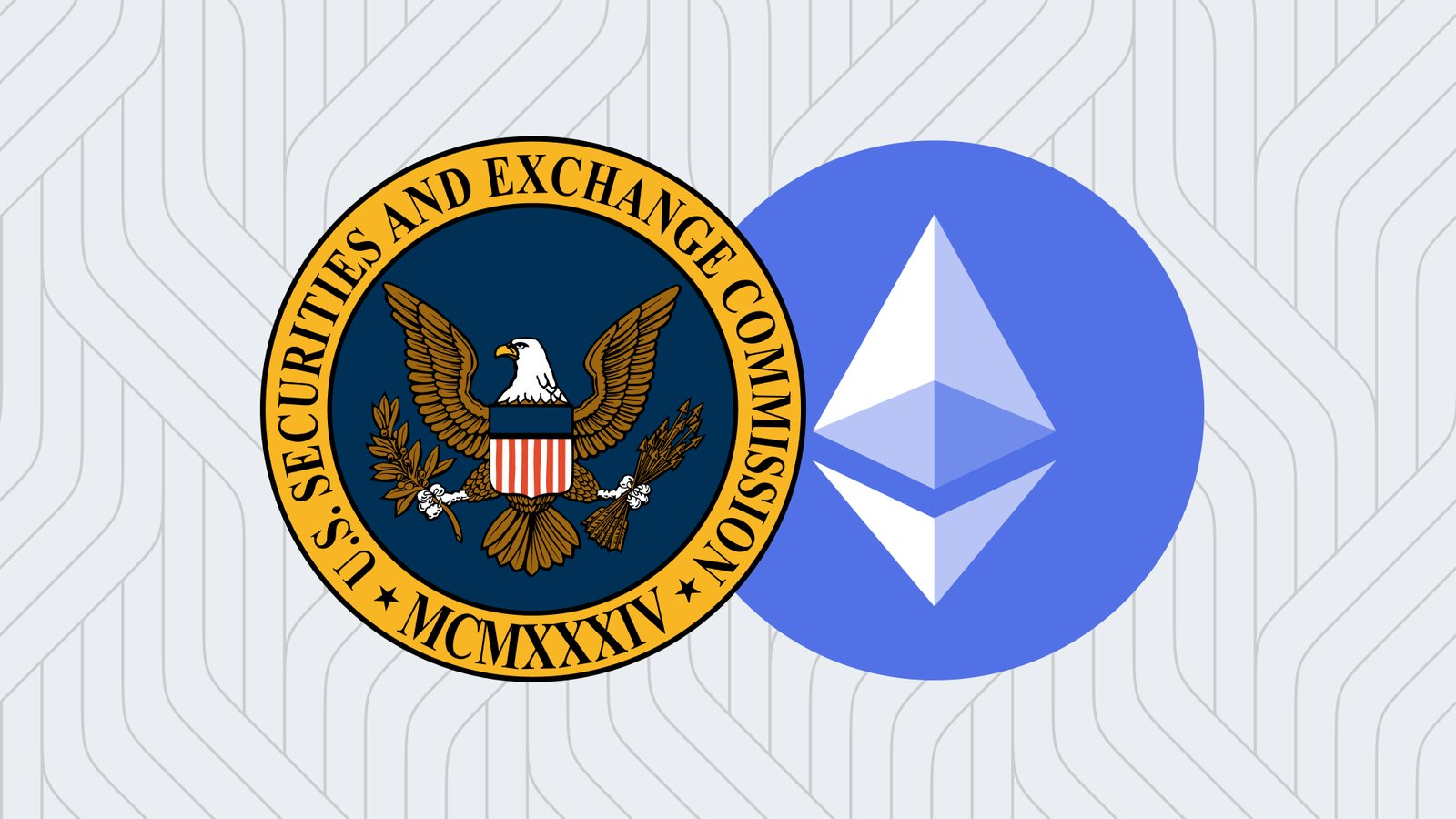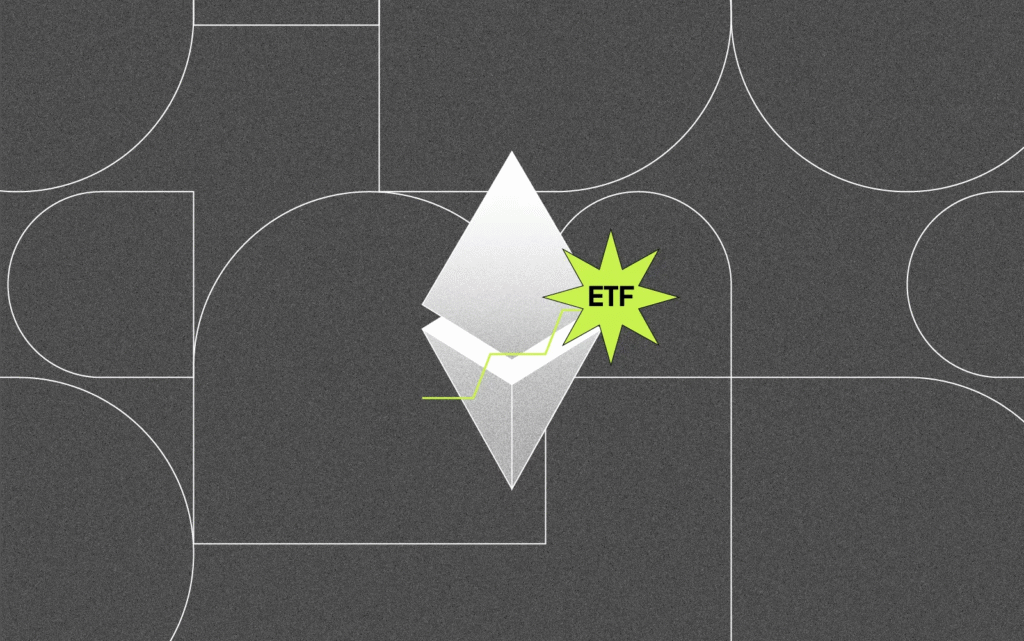Next SEC Decision on Staking Inside an ETF Could Unlock Passive Income for All Investors
The SEC’s next decision could redefine how we think about earning passive income through crypto investments. Imagine being able to earn staking rewards simply by investing in an ETF. This article explores staking inside an ETF, how the next SEC decision could unlock passive income for everyone, and what this could mean for investors and the future of financial products.
Key Takeaways
- Staking ETFs enable investors to earn rewards without managing underlying assets, democratizing access and enhancing potential returns through pooled funds.
- The SEC’s regulatory approval process for staking ETFs emphasizes investor protection while fostering confidence, but ongoing scrutiny may deter some participation due to risks.
- BlackRock’s advocacy for staking within ETFs signals a significant shift in the financial industry, potentially leading to broader acceptance and transformational impacts on digital asset investments.
The Concept of Staking ETFs

At its core, a staking ETF allows investors to earn staking rewards through a regulated and accessible investment product. This innovation simplifies the process of earning rewards from staking cryptocurrencies by removing the need to manage the underlying assets themselves. Think of it as a hands-off investment strategy that still lets you reap the benefits of the crypto world’s growth.
Pooling funds from multiple investors allows staking ETFs to significantly enhance overall staking power, boosting potential rewards. This collective approach democratizes access to staking and maximizes returns for all involved, creating a win-win situation where the combined effort exceeds individual contributions.
Staking ETFs offer a balanced mix of growth potential and income generation. Investors benefit from both price appreciation in their crypto holdings and a steady stream of staking rewards. This combination appeals to a wide range of investors, from those seeking stable returns to crypto enthusiasts pursuing high-growth opportunities.
SEC’s Role in Approving Staking ETFs

The SEC is crucial in approving staking ETFs, paving the way for broader adoption of these financial products. The agency has issued a comprehensive guidance document outlining the sec approval process for crypto ETFs and clarifying disclosure requirements for issuers. This framework balances innovation with investor protection.
Despite recent progress, the SEC’s new framework doesn’t guarantee ETF approvals, indicating ongoing regulatory caution. Issuers of crypto ETFs must provide detailed insights about the underlying assets, including consensus mechanisms and supply-affecting events. This scrutiny ensures investors are well-informed about the risks and rewards.
The SEC emphasizes extensive risk disclosures, such as price volatility and cybersecurity threats, which are crucial when evaluating crypto ETFs. Staking rewards are treated like yields from interest-bearing securities, subjecting them to strict regulatory scrutiny. This approach protects investors from potential pitfalls while allowing them to benefit from the innovative features of staking ETFs.
Regulatory approval of staking ETFs would clarify the treatment of Ethereum staking, alleviating concerns about liquidity and centralization. However, the complexity of regulatory compliance surrounding staking may deter investors due to potential penalties for slashing and liquidity constraints. A regulatory framework fosters confidence and encourages broader participation in staking ETFs, as regulators play a crucial role in this process.
Potential Benefits of Staking Inside an ETF

Staking within an ETF offers numerous benefits. Approval of staking ETFs could significantly enhance investor returns, making them more appealing compared to traditional ETF offerings. The combination of staking rewards and price appreciation creates a compelling investment option for crypto enthusiasts, blending the best of both worlds.
Staking ETFs offer a convenient and secure way for investors to gain rewards without managing their own nodes or locking up assets. Professional staking providers handle the technical aspects, ensuring higher security and efficiency. This stake structure appeals to risk-averse investors seeking stable income similar to traditional dividends, making it attractive to a broader audience.
Staking ETFs enhance market accessibility for both institutional and retail investors interested in cryptocurrencies. This structure simplifies the process, allowing exposure to digital assets without direct asset management. Consequently, staking inside an ETF can attract substantial institutional capital, potentially changing investor behavior towards digital assets.
Challenges and Risks Involved
While the benefits are enticing, staking within ETFs comes with challenges and risks. Conversely, the regulatory landscape remains unclear regarding digital assets and recent developments pose significant hurdles for issuers and investors alike, creating a cautious environment for broader adoption in this article.
Market manipulation risks could arise if ETF sponsors manage significant quantities of staked Ether. This concentration of staked assets could create single points of failure and raise governance concerns regarding centralization. Managing these risks is crucial to ensure the integrity of the staking process.
Understanding the unbonding periods is crucial for investors, as these determine how long it takes for staked assets to become liquid again after withdrawal requests. This aspect of staking can impact liquidity and flexibility, posing additional risks. Being fully aware of these dynamics before investing in staking ETFs helps mitigate potential pitfalls.
BlackRock’s Influence on the SEC Decision
BlackRock, a titan in the asset management industry, plays a crucial role in shaping the SEC’s stance on staking ETFs. The company is advocating for including staking capabilities in ETFs, which could significantly alter the fund structure and attract more institutional investors by providing a regulated method to earn staking rewards.
The primary focus of BlackRock’s discussions with the SEC is on Ethereum, specifically in relation to staking ETFs. These meetings emphasize the importance of proper regulation for digital assets and the potential benefits of staking in ETFs. BlackRock’s involvement adds credibility to the discussions, suggesting strong potential for large-scale adoption.
BlackRock’s approach indicates a growing perspective in the financial industry that views blockchain as foundational technology for the future. Their push for crypto ETFs that include staking as part of their strategy highlights the transformative potential of these products.
The SEC may approve the BlackRock Ethereum ETF for staking as early as Q4 in 2025.07.24
On the 17th of July 2025, BlackRock applied to the US SEC in order for them to allow staking for its Ether ETF.
BlackRock has now joined other large spot Ethereum ETF issuers, including Franklin Templeton, Fidelity, 21Shares and Grayscale asking for staking approval.
More than 30% of the current Ethereum supply is staked. Once the SEC approves staking, that percentage will shoot up.
The final deadline decision for BlackRocks application is only April 2026, however a decision is expected in Q4 of 2025.
One of the major challenges facing the SECs decision is how the Internal Revenue Service sees this.
Consequently, BlackRock’s influence on the SEC decision could pave the way for broader acceptance and integration of staking ETFs in the financial system.
How Staking Could Transform the Financial System

Staking can profoundly transform the financial system. It represents a significant step in increasing the security and resilience of the Ethereum network, benefiting the entire ecosystem of decentralized applications. This enhanced action security is crucial as more applications and services rely on the Ethereum blockchain.
The introduction of staking ETFs positions Ethereum as a dynamic asset, shifting perceptions from a mere store of value to a programmable, income-generating entity that can yield returns. This shift could mark a significant turning point for crypto products and traditional finance’s respond to decentralized innovation. Staking ETFs could boost demand for ETH and ethereum etfs, reduce circulating supply, and attract significant institutional capital, potentially driving prices up and fostering a more robust financial ecosystem, creating momentum that is expected in April.
What Investors Should Know Before Proceeding
Before investing in staking ETFs, investors should verify the underlying blockchain network’s staking rewards structure, as it can vary significantly between different networks. Understanding the specific mechanics of how rewards are generated and distributed is crucial for making informed investment decisions.
Investors should be aware of the risks associated with slashing, which can occur if validators fail to confirm transactions correctly on the blockchain. This review of risks underscores the importance of marking a reputable staking provider to minimize potential losses and establish a strong connection. Thorough research and due diligence are essential to check these complexities successfully and ensure proper verification.
Understanding the broader market dynamics and the role of asset managers is vital. Institutional investors and asset managers play a significant role in shaping market trends and investment strategies. Being aware of their influence can provide valuable insights into the potential risks and opportunities associated with staking ETFs in the markets.
Lastly, investors must conduct thorough research before proceeding. This includes understanding the regulatory environment, the specific ETF’s structure, and the associated fees. Proper due diligence ensures that investors are well-prepared to capitalize on the benefits of staking ETFs while mitigating potential risks.
Summary
In summary, the potential approval of staking ETFs by the SEC represents a significant milestone for the financial industry. These innovative products offer a unique blend of growth potential and income generation, making them an attractive option for a wide range of investors. However, understanding the regulatory landscape, potential risks, and the importance of thorough research is crucial for success.
As we stand on the brink of this financial revolution, the integration of staking into ETFs could unlock unprecedented opportunities for passive income. This new frontier in investment not only democratizes access to staking rewards but also paves the way for a more inclusive and dynamic financial system. The future of finance is evolving, and staking ETFs are poised to play a pivotal role in this transformation.
Frequently Asked Questions
What are staking ETFs?
Staking ETFs are investment products that provide investors with the opportunity to earn staking rewards in a regulated manner, without the need to manage the underlying assets directly. This structure simplifies participation in staking for investors seeking exposure to digital assets.
How does the SEC’s approval process for staking ETFs work?
The SEC’s approval process for staking ETFs involves a comprehensive guidance document that mandates detailed disclosure requirements and thorough risk assessments. This ensures transparency and investor protection throughout the process.
What are the potential benefits of staking inside an ETF?
Staking inside an ETF can enhance returns, provide convenience and security, and offer broader market accessibility, benefiting both retail and institutional investors. These advantages make staking ETFs an attractive investment option.
What are the risks associated with staking ETFs?
Staking ETFs carry risks such as regulatory challenges, potential market manipulation, and centralization concerns, along with implications from unbonding periods that could impact liquidity. Understanding these factors is essential for informed investment decisions.
How is BlackRock influencing the SEC’s decision on staking ETFs?
BlackRock is actively influencing the SEC by promoting the integration of staking capabilities in ETFs and highlighting the importance of digital asset regulation and the advantages of staking. This involvement is critical in shaping regulatory policies in this emerging financial space.

